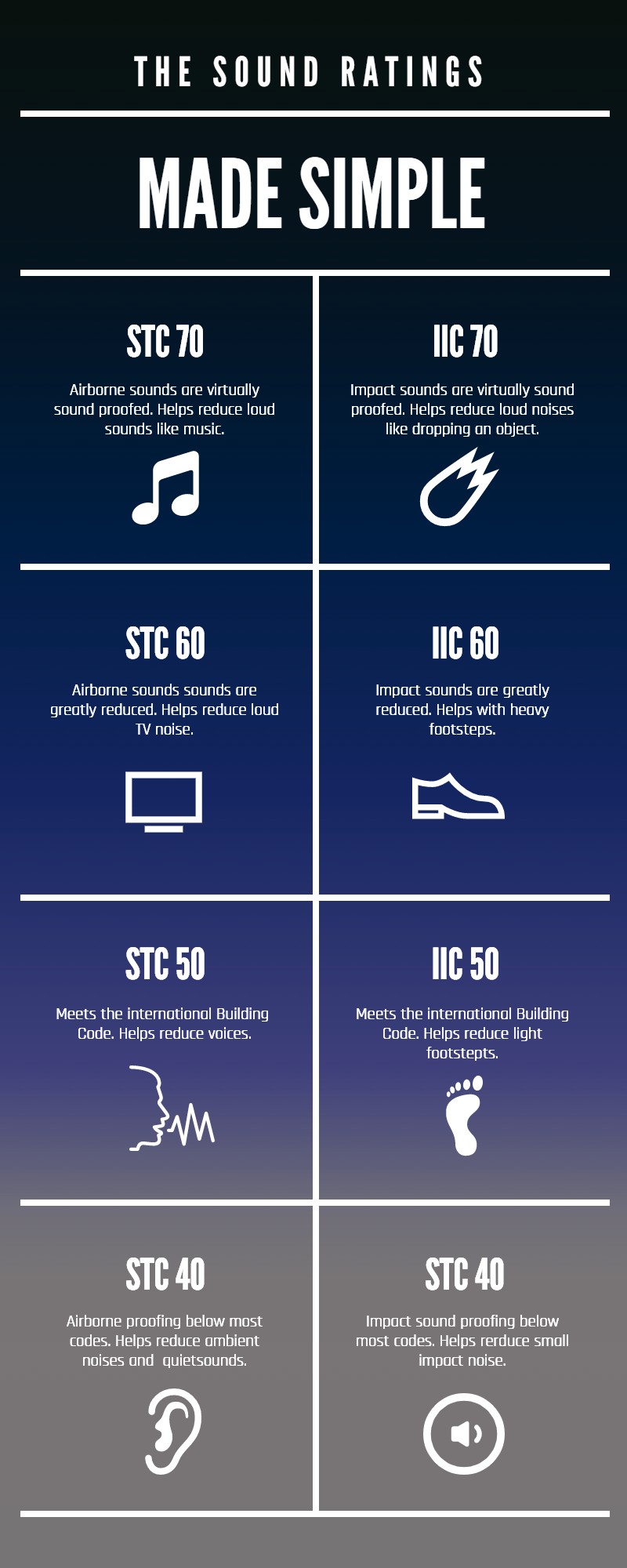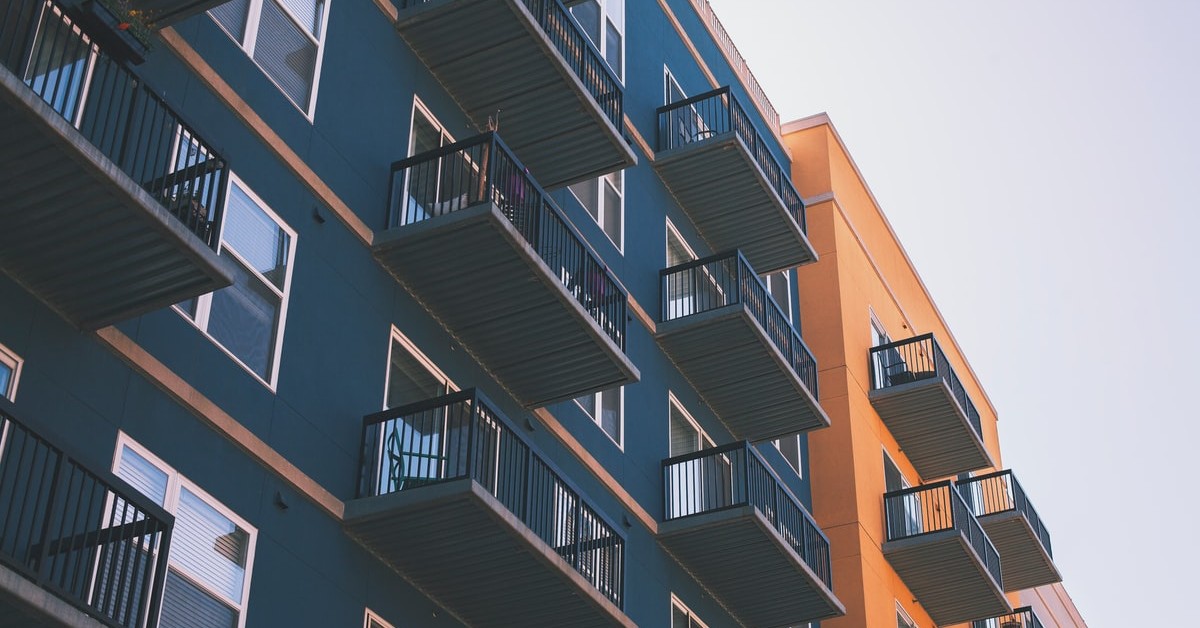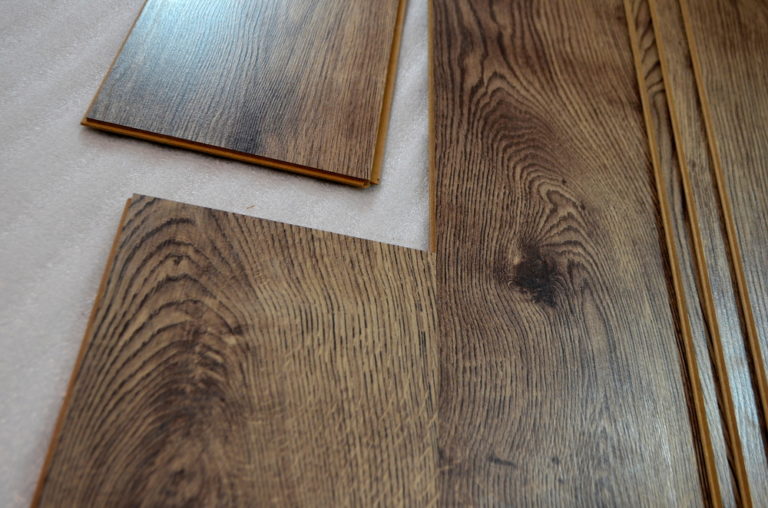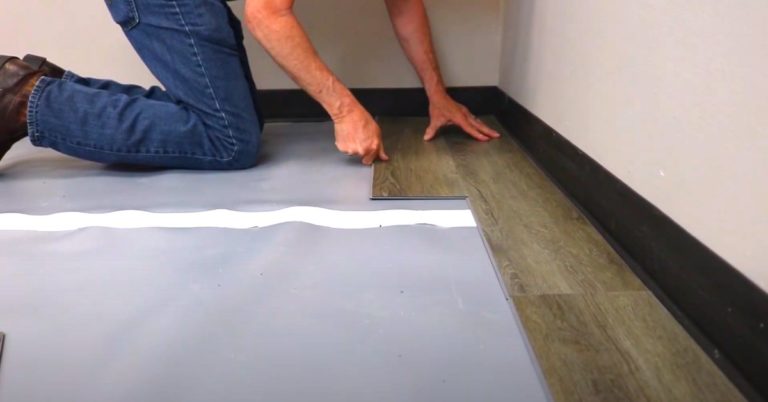Have you ever lay awake at night because you could hear every little sound from the person on the floor above? This issue is the reason underlayment is a necessity in condos and apartments. When owners or even current residents choose to install new wood floors, standards set forth by their condo/apartment association usually require the use of an underlayment to reduce the noise between rooms. Don’t worry, we’ll cover everything you need to know and more about what underlayments meet the requirements.
What are STC and IIC ratings?

Excellent External Articles To Review
Which Underlayment should I buy?
There is more to underlayment than just ratings. Your choice of underlayment should also vary depending on what flooring you will be installing. Some underlayments are better for hardwood, just as some underlayments are better for luxury vinyl. We have made a list of the three best underlayments for each type of flooring based on sound ratings, cushioning, and ease of installation.



